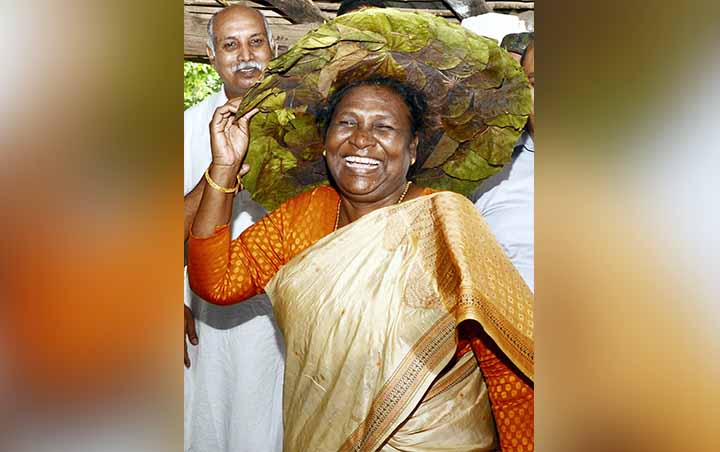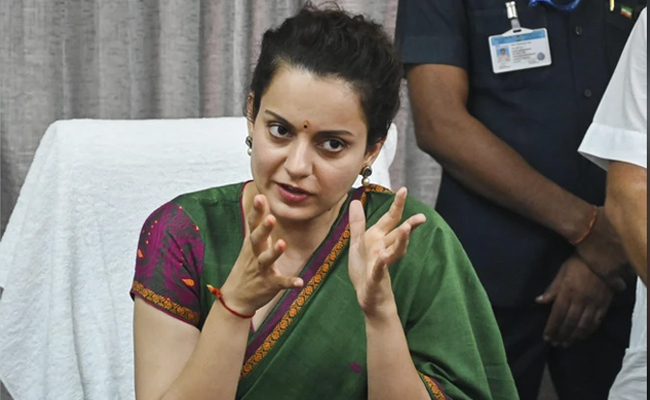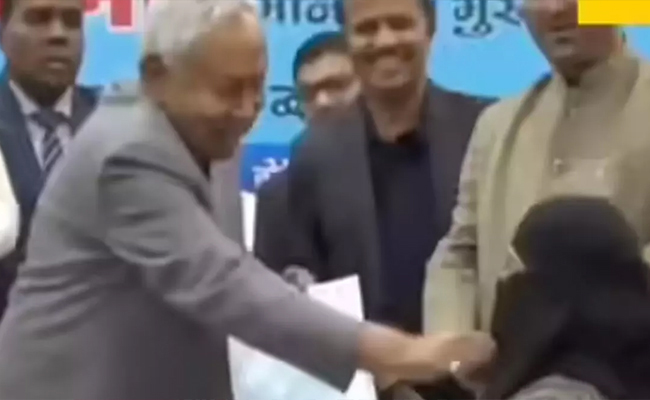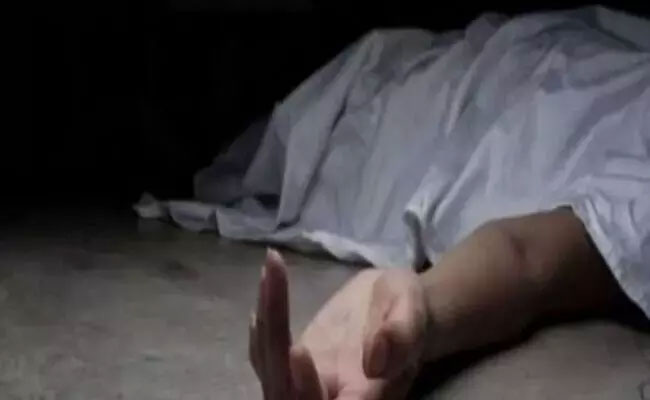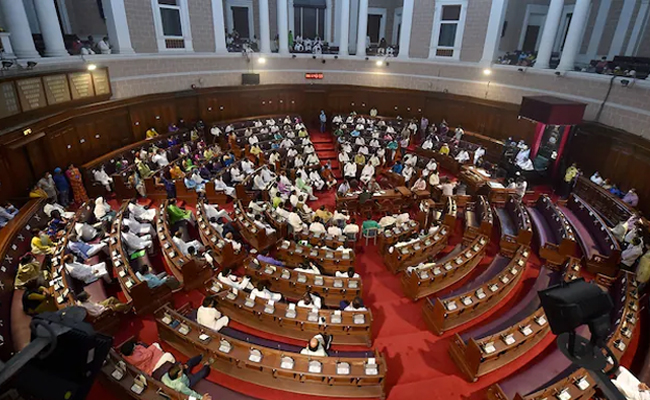New Delhi: Draupadi Murmu was on Tuesday nominated as the Presidential candidate of the ruling NDA. She will be pitted against former Union Minister Yashwant Sinha who was nominated as the candidate of opposition earlier in the day.
Murmu is a former Governor of Jharkhand and a tribal leader from Odisha. She was the first woman Governor of Jharkhand. The 64-year-old Murmu will also become the first tribal woman to hold the office of the President of India.
Elections to choose the next President will be held on July 18, the counting on July 21. The new President will take oath on July 25, the Election Commission has said.
Murmu was also a contender for the post and was a forerunner in the build-up to the Presidential polls in 2017 but the BJP had given its nod to then Bihar Governor Ram Nath Kovind, who happened to be a Dalit.
The first woman Governor of Jharkhand, Draupadi Murmu started her political career as a councilor.
A two-time BJP legislator from Odisha, Murmu was a minister in the Naveen Patnaik cabinet when the Biju Janata Dal or BJD ruled the state with the support of the BJP.
She also headed the BJP's Mayurbhanj district unit in Odisha and represented Rairangpur in the Odisha assembly.
Murmu holds a Bachelor of Arts degree from Rama Devi Women's College, Bhubaneswar. Before she joined politics in 1997, she worked as an honorary assistant professor in the Shri Aurobindo Integral Education and Research, Rairangpur, and as a junior assistant in the irrigation department of Odisha.
Her political journey began in 1997 when she was elected councilor in the Rairangpur district in Odisha. The same year she went on to become the Vice-Chairperson of Rairangpur. Just three years later, she was elected from the same constituency of Rairangpur to the state assembly.
Let the Truth be known. If you read VB and like VB, please be a VB Supporter and Help us deliver the Truth to one and all.
New Delhi: A significant political controversy has erupted following the Modi government's decision to rename the Mahatma Gandhi National Rural Employment Guarantee Act (MGNREGA), a move that has drawn sharp criticism from opposition parties. The row was further fueled by BJP MP Kangana Ranaut, who, while defending the name change, erroneously claimed that Mahatma Gandhi had made the devotional song "Raghupati Raghav Raja Ram" India’s national anthem.
The central government has rebranded the flagship rural employment scheme from MGNREGA to the "Viksit Bharat-Guarantee for Employment and Livelihood Mission," abbreviated as VB-G RAM G. The removal of Mahatma Gandhi's name from the scheme has been termed an insult to the Father of the Nation by the Congress and other opposition parties.
When questioned by the media outside Parliament regarding the opposition's allegations, Mandi MP Kangana Ranaut defended the government's decision by invoking Mahatma Gandhi's devotion to Lord Ram.
"How is naming it 'Ram Ji' an insult to Gandhi ji?" Ranaut asked. "Mahatma Gandhi made 'Raghupati Raghav Raja Ram' the national anthem to organize the entire country. Therefore, this is an insult to Mahatma Gandhi? The government is fulfilling his dream by giving it the name of Ram."
Ranaut's claim regarding the national anthem was immediately seized upon by the opposition. Congress leader Supriya Shrinate shared the video of Ranaut’s statement on social media, tweeting sarcastically, "Come on brother, today we learned a new national anthem! The BJP is full of such gems."
Social media users also trolled the MP for the factual error. One user quipped, "Kangana ji forgot to mention that Bapu made this the national anthem after the country got independence in 2014," while another commented that the party finds people who "don't use their brains while forwarding WhatsApp messages."
Beyond the social media mockery, senior Congress leaders criticised the renaming on ideological grounds. Former Rajasthan Chief Minister Ashok Gehlot took to X (formerly Twitter) to condemn the move.
"The biggest irony is that Mahatma Gandhi was a lifelong devotee of Lord Ram and said 'Hey Ram' in his last moments," Gehlot wrote. "Today, the central government is making a despicable attempt to sideline Gandhi ji under the guise of the same 'Ram' name (VB-G RAM G), which is highly condemnable."
मनरेगा का नाम बदलने की केंद्र सरकार की कवायद महात्मा गांधी के प्रति उनकी ओछी मानसिकता और असम्मान का प्रमाण है। सरकार पहले 'पूज्य बापू' के नाम का शिगूफा छोड़ती है और फजीहत होने पर अब 'विकसित भारत-गारंटी फॉर रोजगार एंड आजीविका मिशन (VB-G RAM G)' जैसा नाम थोपना चाहती है। बार-बार नाम…
— Ashok Gehlot (@ashokgehlot51) December 15, 2025
गांधी जी ने ‘रघुपति राघव राजा राम’ को लेकर नेशनल एंथम बनाया था
— Supriya Shrinate (@SupriyaShrinate) December 16, 2025
BJP MP कंगना रनौत
चलो भाई आज नया नेशनल एंथम भी पता चला है!
BJP में एक से एक शिरोमणि भरे पड़े हैं 😂🤣 pic.twitter.com/9DvyV5xLb1

